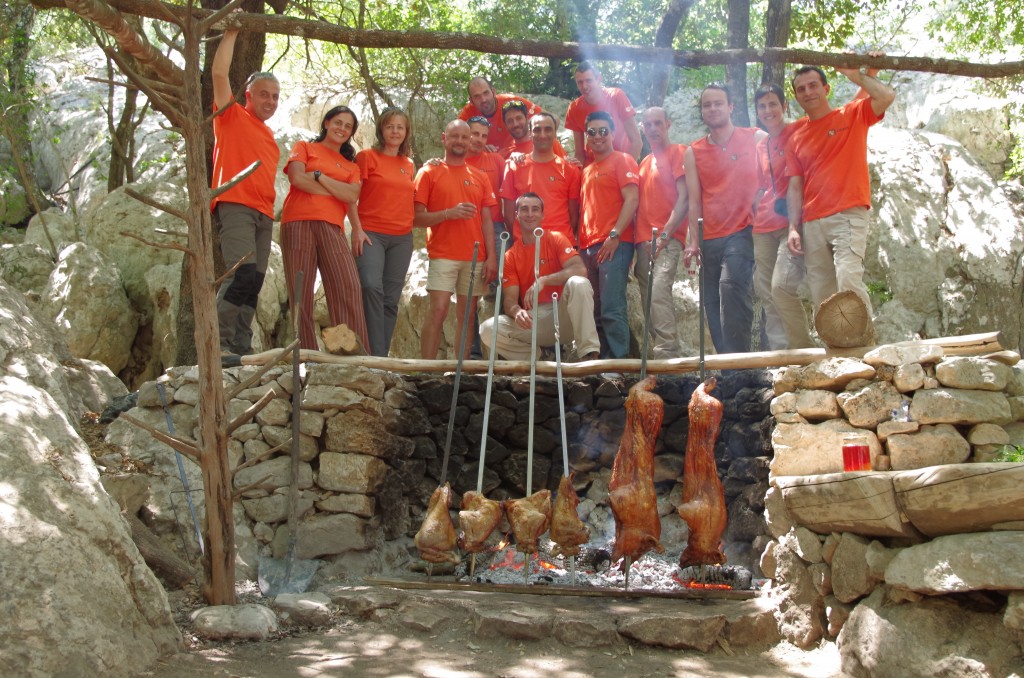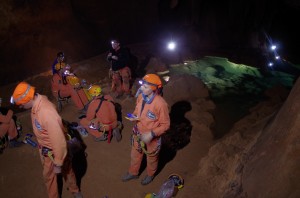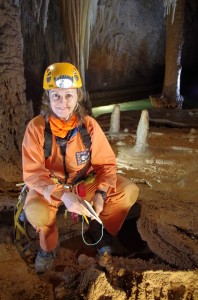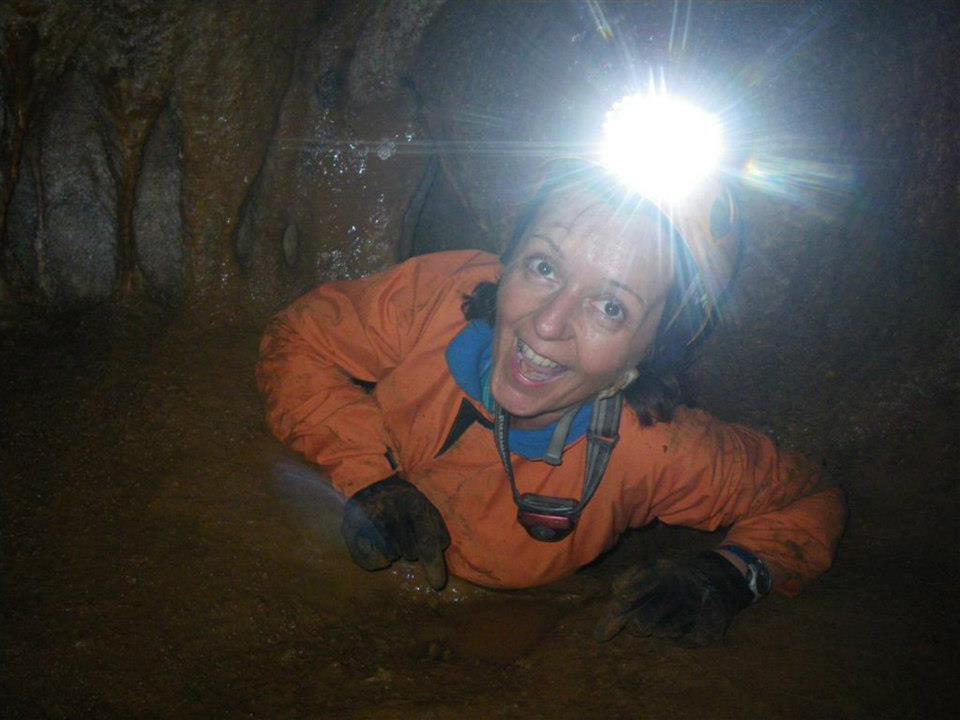What a great team it is! Which is just what you need if you want to organize such a complex course. Each team member has been chosen for a reason, bringing something very special to the pot.
I guess I should explain how it all started … but in fact, this is going to be the subject of a series of articles that will follow #caves2013. For now, let’s just assume it all began as a sequel to some astronaut operational training which – although adventurous and interesting – did not provide enough analogies with space nor enough opportunities to exercise behavioural skills.
So the challenge was to create a new course that would provide analogies with space, opportunities for team dynamics, and much more.
The first outline of the course was rough: caves had been identified as a good environment, but they were literally an empty shell. The real content of the course had to be created.
The scientists and technical instructors were not the first to come on board, but they have helped me shape CAVES into what it is right now, making it an authentic scientific expedition, and providing opportunities for operational analogies and genuine team challenges. That’s why they’re going to be introduced early on in this blog.
Well, actually, I should start by introducing myself. My name is Loredana Bessone, I’ve been with the European Astronaut Centre since its inception in 1990. I was involved in payload and crew support operations during the EUROMIR missions, when ESA started to learn how to operate long-term human spaceflight. Then I concentrated on training methodologies and instructional tools (which I still do: one of the latter products being the recently published Soyuz launch sequence explained). In 2001 I was seconded for a few years to the ESA Aurora programme as a study manager for the Human Mars Mission studies, and when I came back to EAC I worked with a colleague on familiarization training for spacewalks at the ESA Neutral Buoyancy Facility.
In 2004 I started designing behavioural and expeditionary training, concentrating on developing training for safe and effective team performance in safety critical operational environments. I helped create the ISS Long Duration Spaceflight Competency Model, and following this blueprint, I have been coordinating and facilitating human factor training for astronauts, flight control personnel and Concordia Antarctic overwintering personnel since 2007.
The ESA Survival training in 2010 and ESA CAVES are the latest in this line of training.





Discussion: no comments